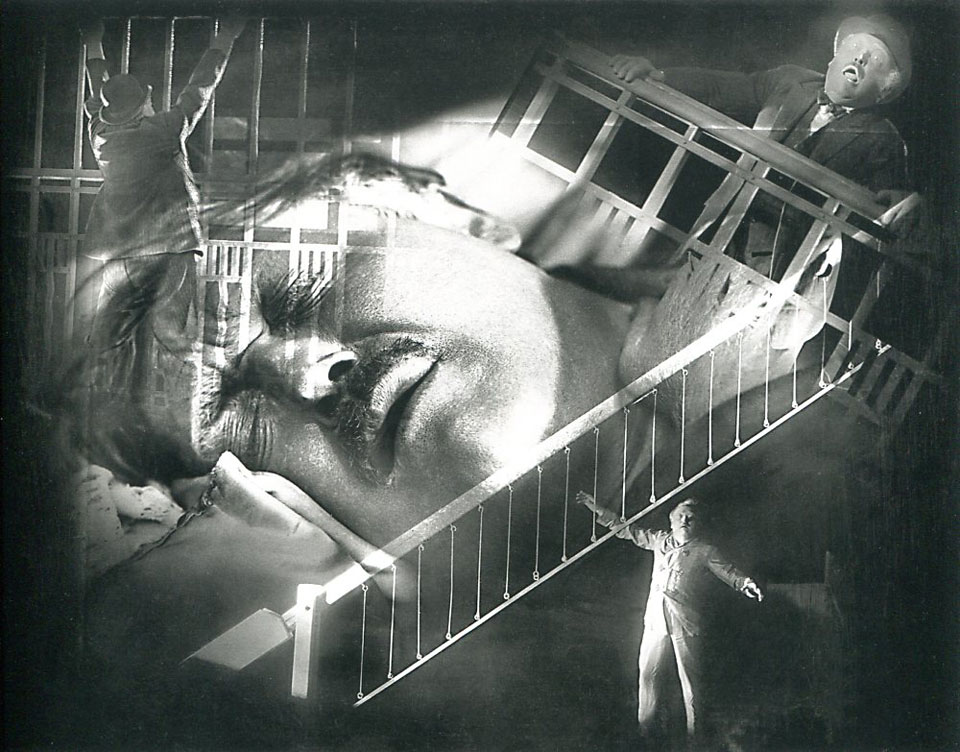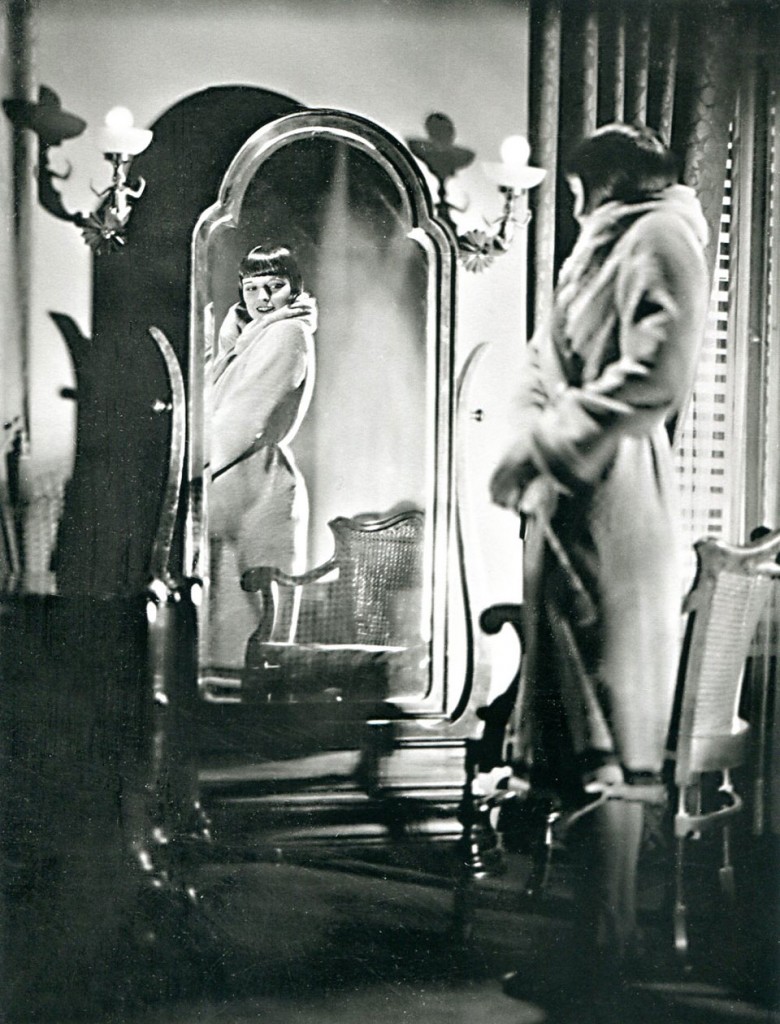Weimar Silent Film
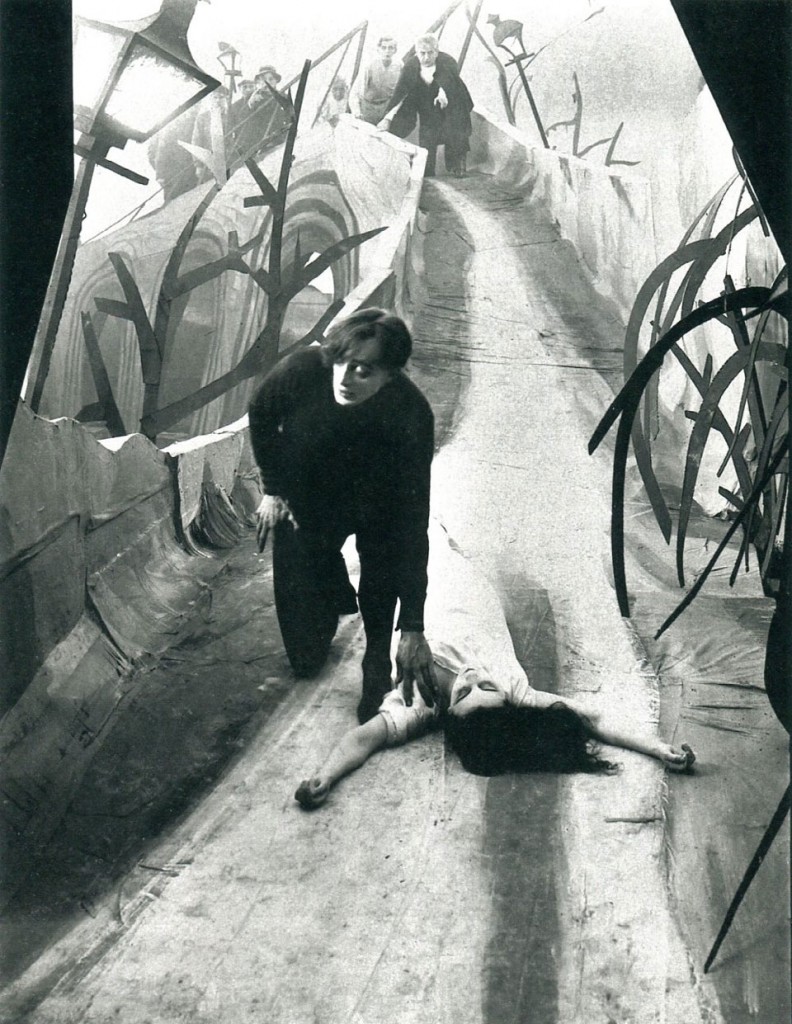
Pursued by townspeople, Cesare (Conrad Veidt) drops the captive Jane (Lili Dagover), The Cabinet of Doctor Caligari, directed by Robert Wiene, 1920
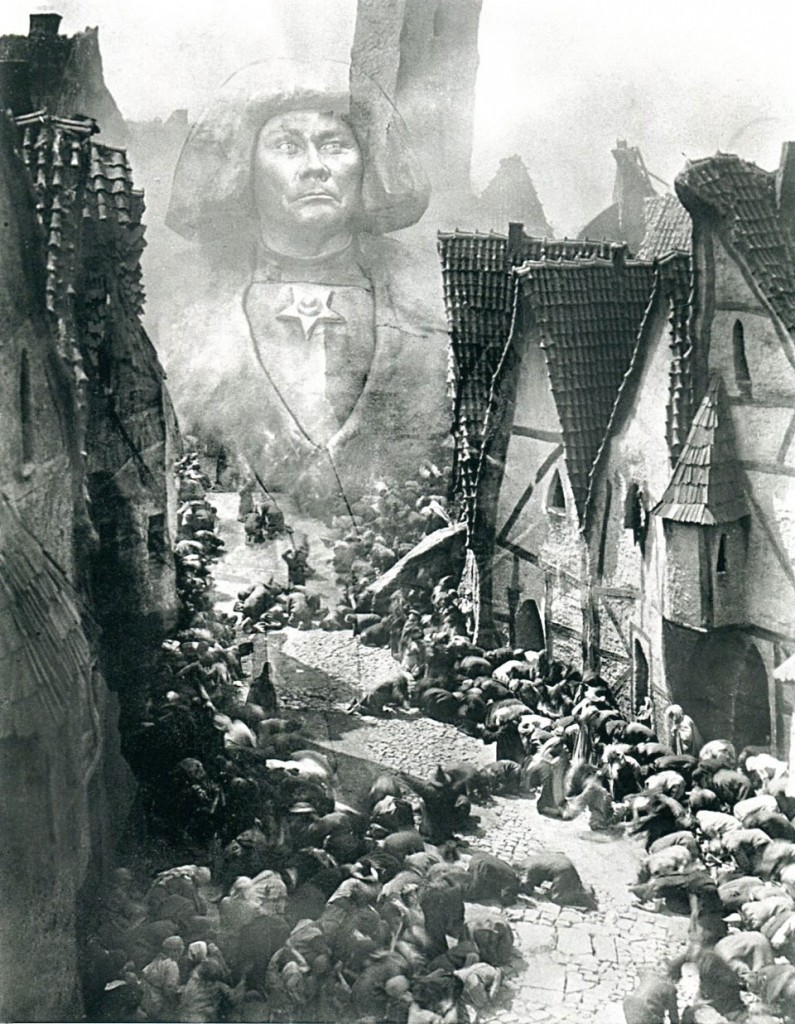
A publicity still with the Golem (Paul Wegener) looming over the Prague ghetto. The Golem, directed by Paul Wegener and Carl Boese, 1920
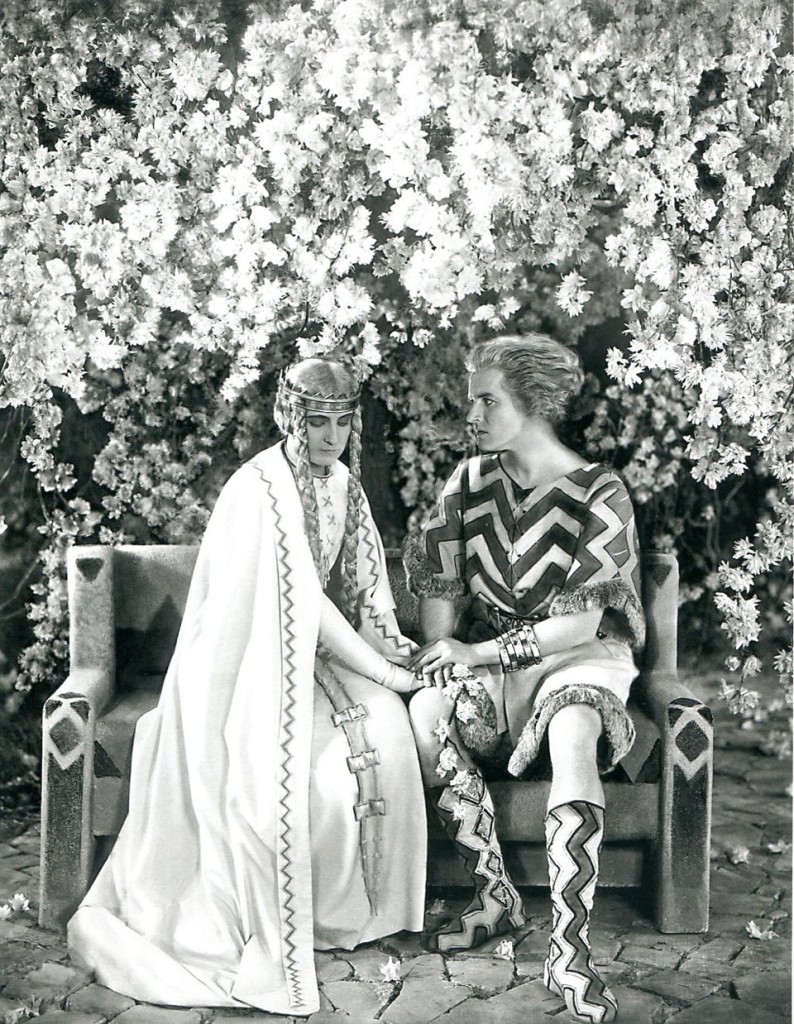
Margarthe Schön as Kriemhild and Paul Richter as Siegfried in Die Nibelungen, directed by Fritz Lang, 1924
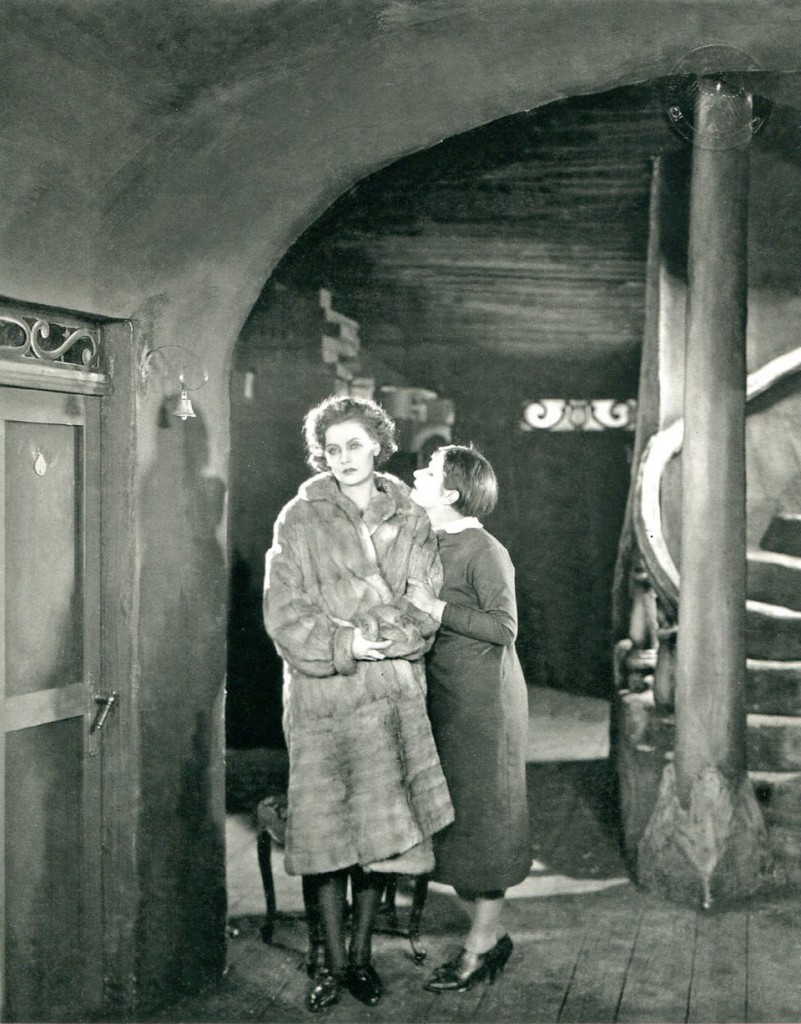
Grete (Greta Garbo) is tempted by a coat from Frau Greifer (Valeska Gert), little knowing that her store is the front for a high-class brothel in Joyless Street, directed by G.W. Pabst, 1925
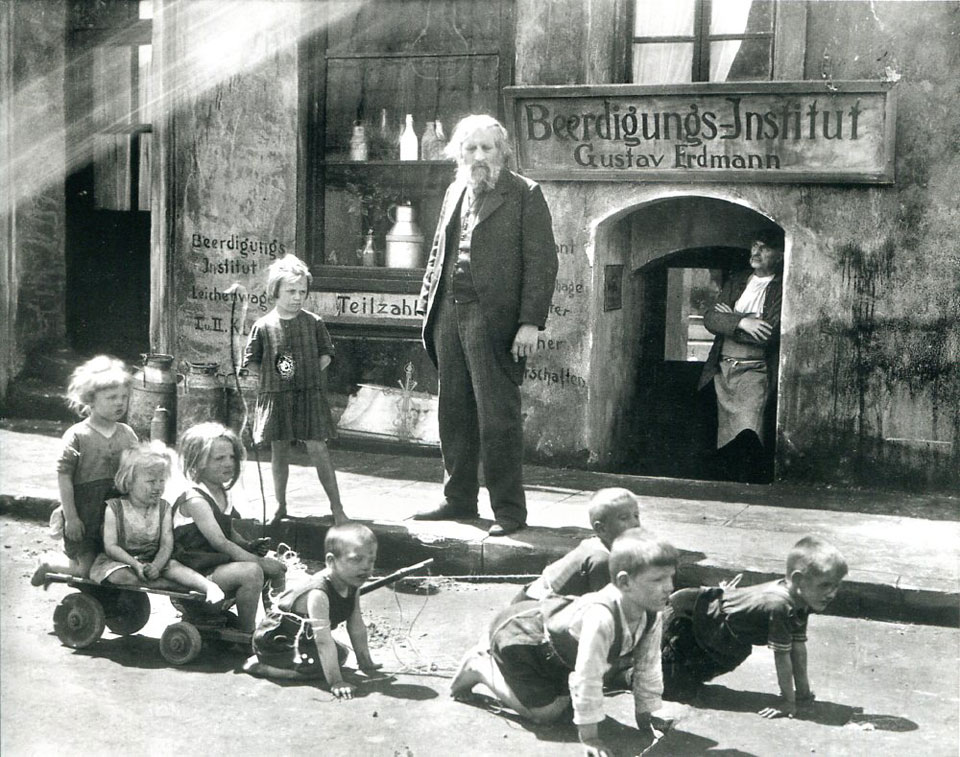
Eduard Rothauser as Rottmann, an elderly photographer in Slums of Berlin, directed by Gerhard Lamprecht, 1925
Between the First and Second World Wars, Germany under the Weimar Republic became the scene for one of the most creative periods in cinema history. Directors such as Fritz Lang, G.W. Pabst, F.W. Murnau, Lotte Reiniger and actor turned director Leni Riefenstahl, created elegant and vivid worlds of lasting power in the relatively new medium. See Sirens & Sinners: A Visual History of Weimar Film, 1918-1933 by Hans Helmut Prinzler for a great survey of the era.
